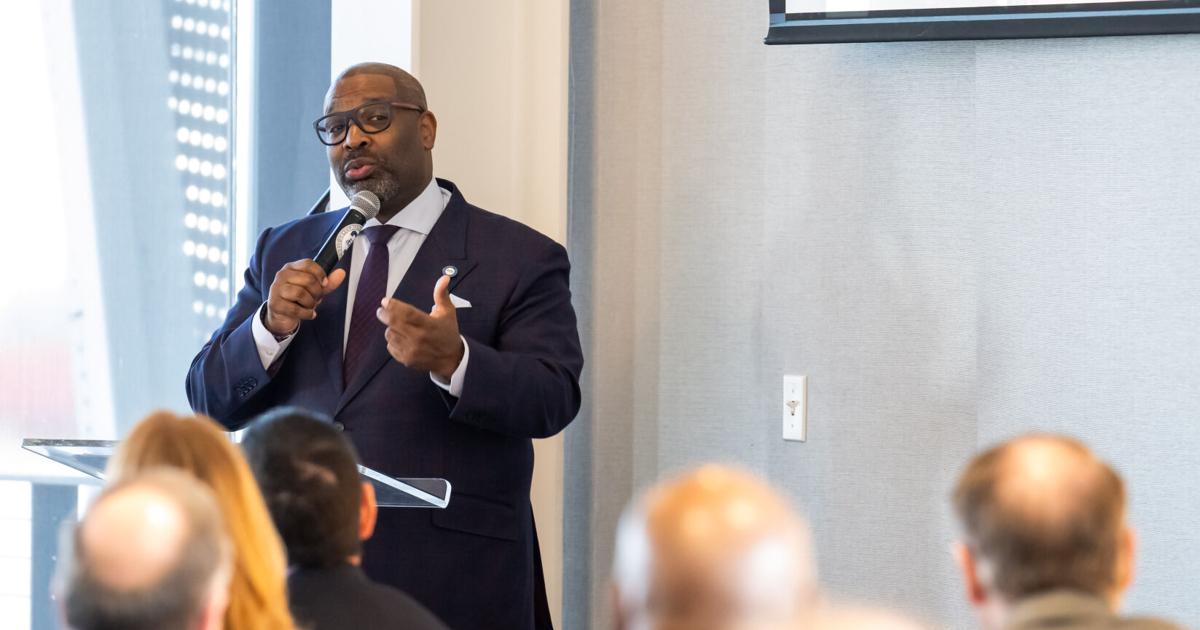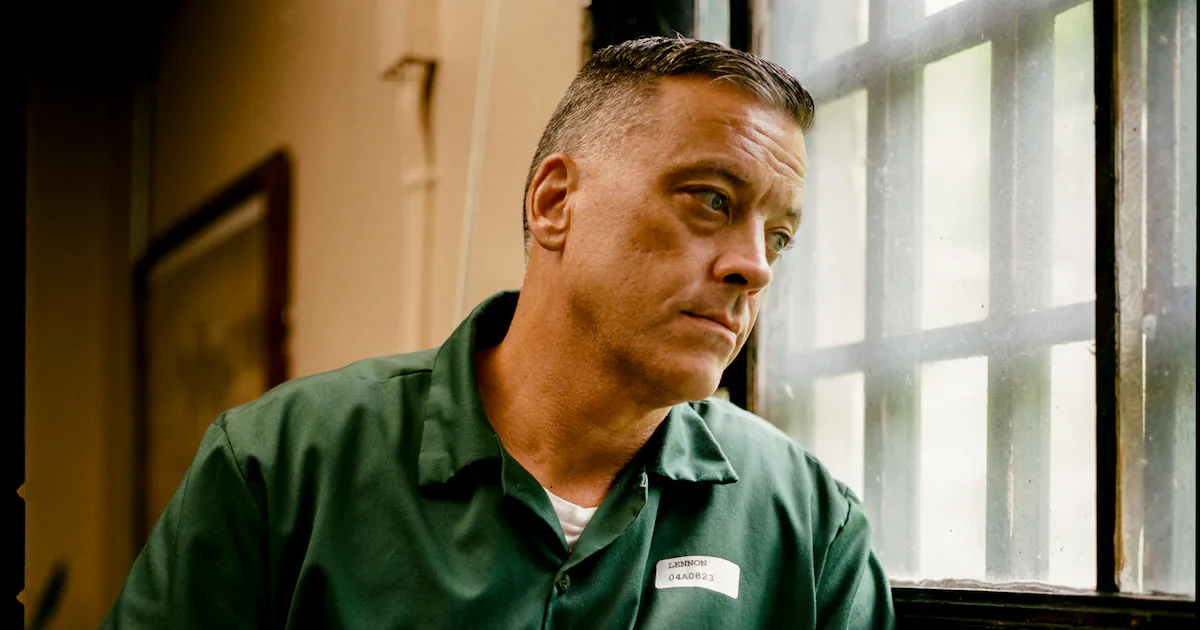Copyright Baton Rouge Advocate

As the possibility of a St. George school district gets closer, the leader of the East Baton Rouge Parish school system is forging ahead with under-development plans to upgrade schools in that new city, especially Woodlawn High. “They are our students today,” Superintendent LaMont Cole said. “And I have a responsibility to the students we serve today to not leave them out of the equation.” Cole’s statements came Thursday as he successfully persuaded the parish School Board to proceed with the sale of $40 million in bonds in November. The bond proceeds will fund a series of still-being-determined projects to enhance “the high school experience.” Examples of the kind of projects include substandard athletic turf, stages without curtains, antiquated lighting systems in auditoriums, out-of-date science labs, old weight rooms and rundown press boxes. Woodlawn High is one of a dozen public high schools in the parish that would benefit from those projects, but it is also the high school for the would-be St. George school district. A statewide referendum is scheduled for April 18 where voters can accept or reject the proposed new district. When the bond sale came up for a vote Thursday, a couple members of the public urged district leaders to hold off upgrades to Woodlawn High until either voters reject forming a St. George district or that new system takes control, which wouldn’t be until July 2027. “If work on Woodlawn is completed during that window (of time), St. George gets its new improved facility without having to assume responsibility for the debt,” claimed Tania Nyman, a civic activist who has long opposed St. George. Making a list Cole has a complicated position in this debate. Cole, who spent nine years on the Metro Council and several as mayor pro tem, was the lead plaintiff in the ultimately unsuccessful litigation that sought to block the formation of the City of St. George. Now as superintendent of schools, Cole said he needs to set aside personal opinions and concerns about a new St. George school district for the good of current students. “I cannot leave, I cannot even consider leaving Woodlawn out of the equation,” Cole said. “We have students who attend our schools right now who I see when I visit Woodlawn who say to me, 'When are you coming to help us get our football field, Mr. Cole? Somebody gets hurt on the football field every week.'” The board agreed in a 8-0 vote, with board member Dadrius Lanus absent. The board came a similar conclusion, though with more division, on Aug. 7 when it rejected in a 3-5 vote a proposal to pause design work on an elementary and a high school in the new city in advance of the St. George school breakaway referendum. Lanus was absent from that meeting as well. Cole and his staff are culling through wish lists sent by school principals to see which ones make the cut. He is judging them in part based on the number of students who participate in various activities. He plans to provide them to the board on Nov. 1 at a school board retreat, with a final board vote expected Nov. 20. The newly approved bonds will replace approximately $40 million in bonds sold in 2009 and 2010, which the school system is set to pay off in December. The school system has been budgeting about $3 million a year to pay off those bonds. Those soon-to-be-retired bonds came with low- or no-interest payments and were paid back over 15 years. They originated from the 2009 American Recovery and Reinvestment Act, also known as the federal stimulus act. The new bonds would carry an interest rate set by the market, with a cap of no more than 6%. They would be paid back over a 20-year period. They would pay for “constructing, improving, equipping, and furnishing academic and athletic facilities.” Bond sales At the request of The Advocate, school officials provided an amortization schedule estimating how the district will pay off the bonds between now and 2045. Using a 5% annual interest rate, it estimates the bond sale would, after fees, raise $37.7 million and require $22.2 million in interest payments to investors. In an application it submitted last month to the State Bond Commission, the school system estimated that the 5.25-mill district property tax that is undergirding the bond sale would shrink by 27% if the St. George school district is created. In her comments, Nyman expressed concern that going forward with a bond sale given such a potential reduction in tax base is questionable in that it “irrevocably commits the district to these payments.” However, Jason Akers, a bonding attorney with the New Orleans law firm Foley & Judell, said that even with the departure of St. George, the 5.25-mill tax should generate more than enough money, at least seven times what the district needs to pay investors. Akers said that bond sales like this one are the most common way school districts in Louisiana finance school construction and the interest payments are less than the likely inflation of school construction over time. Board member Mike Gaudet said inflation has hurt the school district for years, since the vast majority of school construction work is funded over time on a “pay as you go” basis. “I have argued for years that we have wasted money by not bonding out some of that revenue,” Gaudet said. Not much bond-sale-funded work on any school is likely until after the April 18 vote. The district’s construction schedule shows little work occurring until May. Gaudet said that if St. George is successful at the April 18 election, any work on schools in the city of St. George should be done as part of an agreement with the new district. “After that passes, we need to make it very clear that if we do the upgrades to Woodlawn (High), we need to do it with that agreement,” Gaudet said.



